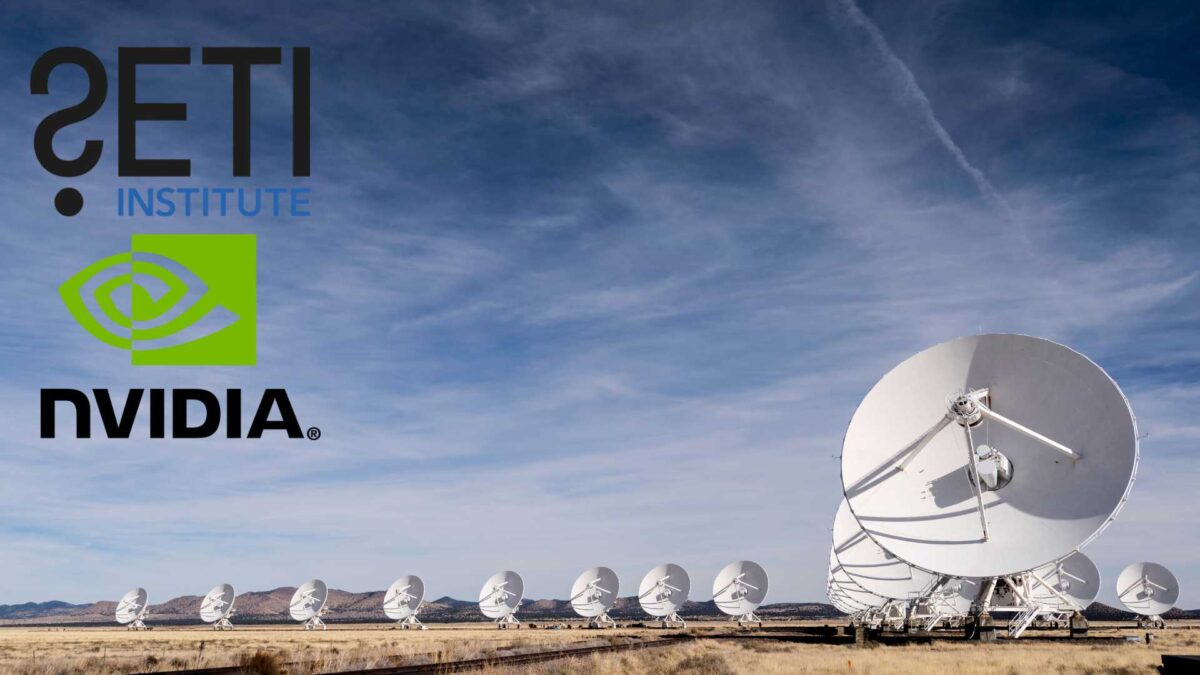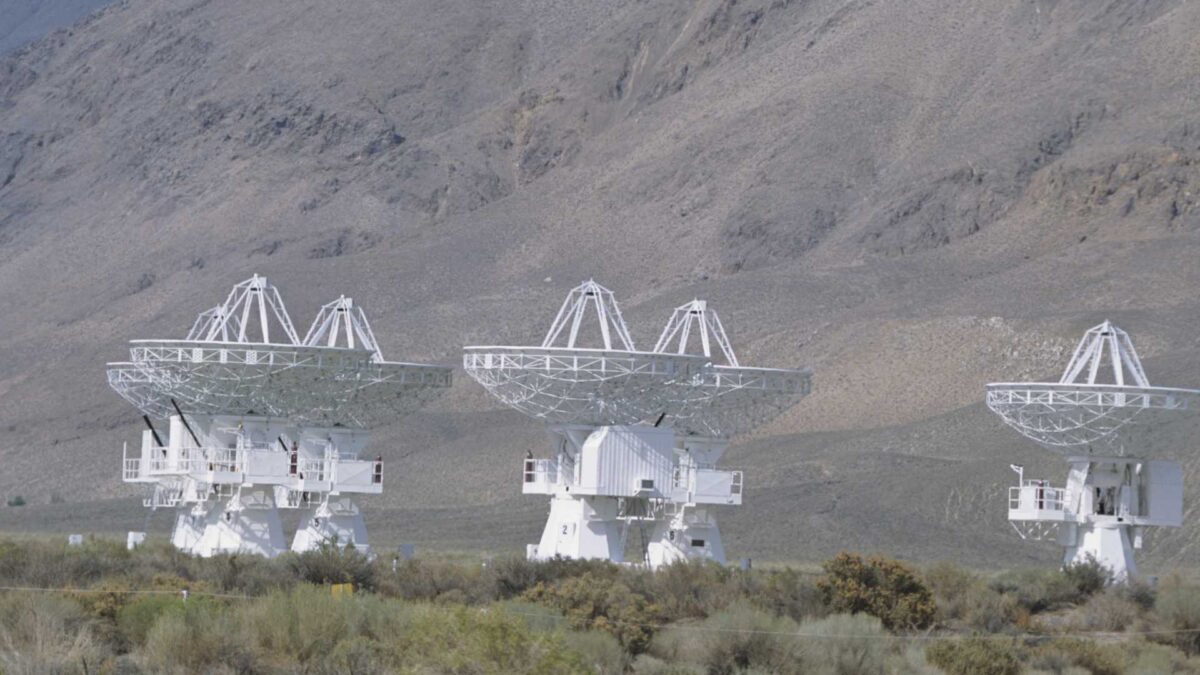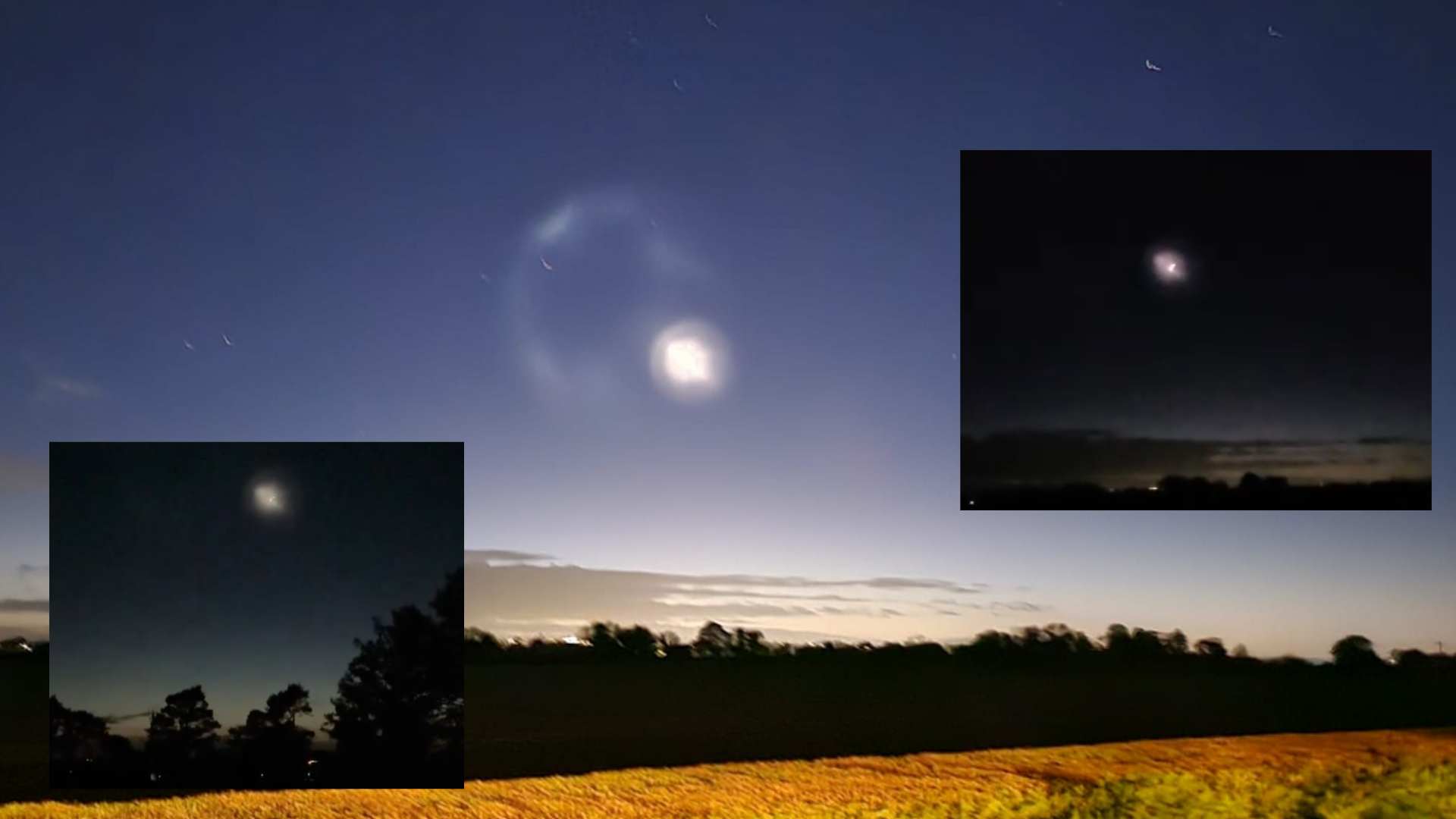
SETI Institute uses AI to speed search for extraterrestrial life

The SETI Institute has announced it will use a new NVIDIA AI platform to enhance its real-time search for signals from space at the Allen Telescope Array in Northern California.
The move introduces the enterprise-ready NVIDIA IGX Thor platform into radio astronomy, allowing scientists to process and analyse signals directly at the telescope. This is expected to dramatically reduce the time required to identify unusual or promising data.
The Allen Telescope Array consists of 42 antennas that scan the sky for radio signals that could reveal cosmic events or evidence of intelligent life. The new AI platform enables GPU-accelerated signal processing and inference at the edge, increasing the speed and precision of observations.
Luigi Cruz, staff engineer at the SETI Institute, said the platform’s compact form and power efficiency made it ideal for next-generation AI pipelines. The technology builds on the Institute’s earlier use of NVIDIA IGX Orin, which powered the world’s first real-time AI search for fast radio bursts.

Dr Andrew Siemion, Bernard M. Oliver Chair for SETI at the Institute, said the collaboration would transform how the organisation explores the universe. He added that the new platform allowed researchers to run complex AI models directly at the telescope with greater reliability and performance.
The SETI Institute, founded in 1984, is a non-profit research organisation that seeks to understand the origins and prevalence of life and intelligence in the universe. Its work combines physical and biological sciences with data analytics, machine learning and advanced signal detection technologies.
Share this WeathÉire story:







